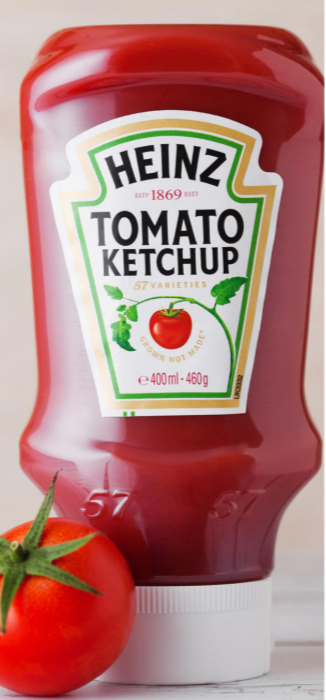Ketching Up With Heinz
- Pittsburgh 55+ Magazine
- Sep 22
- 3 min read
By Paula Green

When people think of ketchup, they think of Heinz—a brand that has become a household name across the globe. But long before the company dominated the ketchup market, its story began much earlier in Sharpsburg, Pennsylvania. In 1869, a young entrepreneur named Henry John (H.J.) Heinz launched his first food venture, bottling and selling horseradish. After six years, that first business failed, marking his initial setback, but setting the stage for significant innovations and a product line that would end up as pantry staples.
Undeterred, Heinz—with help from his brother John and cousin Frederick—restarted in 1876 as the F. & J. Heinz Company. This became a turning point as they expanded their product line to include ketchup, apple butter, pepper sauce, mincemeat, and other preserves, marking their entry into a wider food market.
Building on this momentum, by 1888 Henry acquired controlling interest in the corporation and reinstated the H.J. Heinz Company name. In 1890, they began constructing a new factory in Allegheny City (now Pittsburgh's North Side), along the Allegheny River. This location offered access to key railroads, enabling nationwide shipping.
With the company's growth established, Henry took a road trip in 1896 that led to a new brand identity: "The House of the 57 Varieties." While riding an elevated train in New York City, he spotted a sign advertising “21 Styles of Shoes.” Inspired, Heinz began counting his own product line. Though his company sold more than 57 products, Henry chose that number for its sound. The famous numerical trademark stuck, and even today, you see the number 57 on Heinz products.
The brand’s recognition continued to rise, and in the 1960s, a catchy jingle hit the airwaves: “Heinz 57, Heinz 57. You've a family to feed. Heinz has everything you need. Ready when you are, yes indeed. That's Heinz 57!”
The Heinz name grew even more prominent in 2001 when the Pittsburgh Steelers opened a new NFL football stadium and Heinz purchased the naming rights in a 20-year, $57 million deal (there’s that number 57 again!) The stadium, called Heinz Field, even featured an oversized “tipping” Heinz ketchup bottle atop the scoreboard. The North Side facility kept that name until 2022, when it was renamed Acrisure Stadium. The iconic ketchup bottle was removed following the name change, but quickly reinstalled after Pittsburgh fans voiced their outrage over its removal.
Meanwhile, Heinz underwent major operational changes. In 2002, Heinz sold the Pittsburgh factory and shipping facilities. Although the company still maintains corporate offices in Pittsburgh, it no longer produces ketchup or other condiments at this location. Now, manufacturing of ketchup has shifted to places like Fremont, Ohio, and Muscatine, Iowa. Today, the former Pittsburgh production factory is luxury apartments called Heinz Lofts.
On a related historical note, the late former Pennsylvania Senator John Heinz—a member of the Heinz family and H.J. Heinz’s great-grandson—died in a plane crash on April 4, 1991. Sen. Heinz is gone, but not forgotten, as his name is incorporated into the family’s history museum.
Continuing its corporate evolution, in 2015 Heinz merged with food giant Kraft to form Kraft Heinz. Rumor has it that Kraft Heinz may soon be dissolving—time will tell.
To learn more, visit the Heinz History Center at 1212 Smallman St, Pittsburgh, PA 15222 in the Strip District. You can also find more online at www.heinzhistorycenter.org/.
If you are in a pickle and can’t find the location, just look for the giant 35-foot Heinz ketchup bottle to guide you.
Sources: www.heinzhistorycenter.org,www.heinzhistorycenter.org/blog/collection-spotlight-heinz-mottoes-57-varieties/,www.heinz.com/our-story, en.wikipedia.org/wiki/Kraft_Heinz,
.png)





Comments